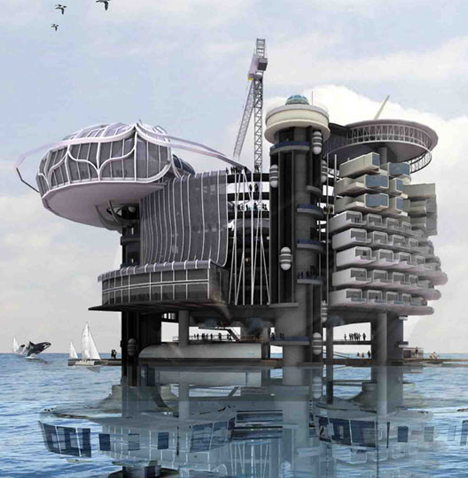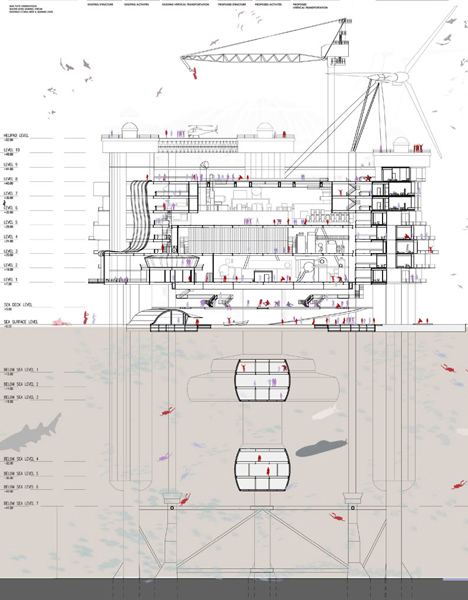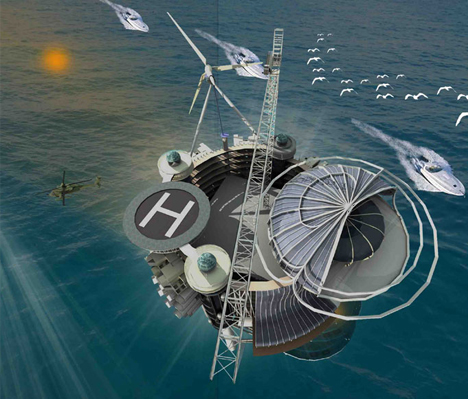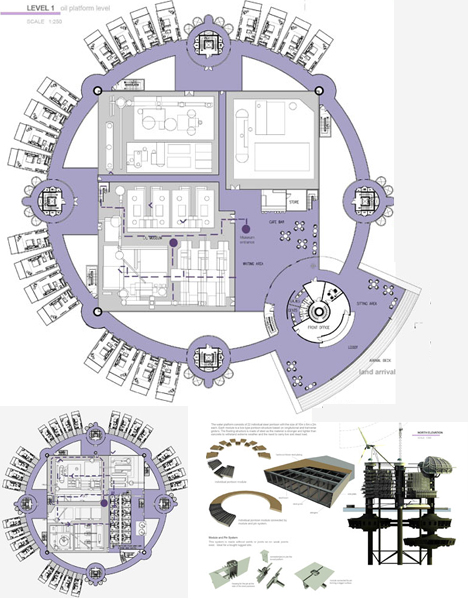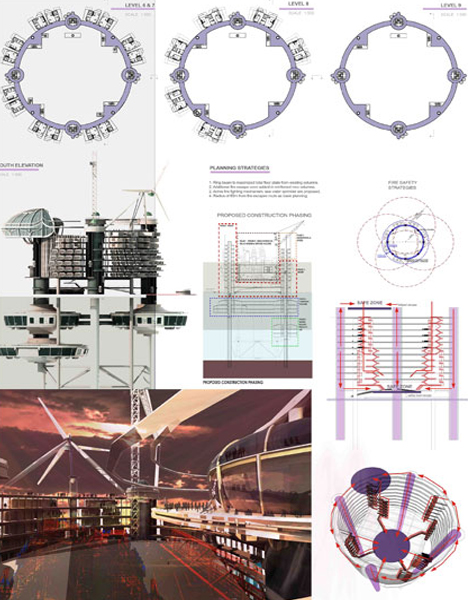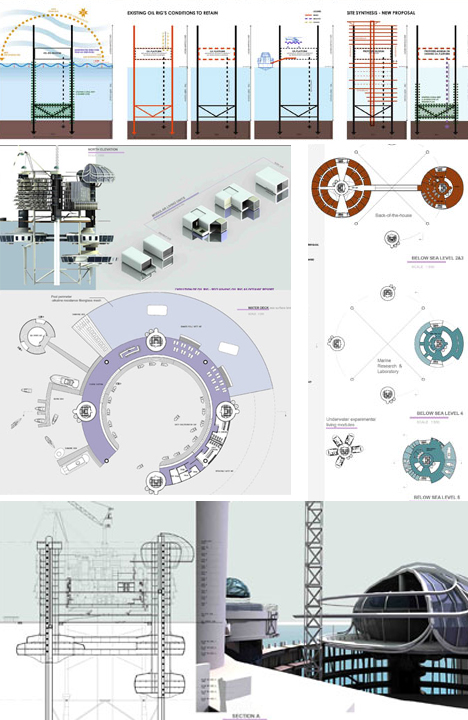Via Nick Kaufmann
http://www.smh.com.au/world/japans-answer-to-next-tsunami-miniark-20111001-1l276.html
Japanese company markets tsunami escape pod
A small factory in Japan has introduced a tsunami survival shelter, a capsule which floats on water and is able to hold four adults inside.
Japan's Cosmo Power says its "Noah" shelter is made of enhanced fibreglass that can save users from disasters like the one on March 11 that devasted Japan's northern coast, leaving nearly 20,000 people dead or missing.
Company president Shoji Tanaka says the 300,000 yen ($A4000) capsule can hold four adults, and has survived many crash tests. It has a small lookout window and breathing holes on top. It can also be used as a toy house for children.

Cosmo Power Co. President Shoji Tanaka inside the spherical earthquake and tsunami shelter "Noah" made of fibre enforced plastic. Photo: AP
The company has already delivered two capsules and has orders for 600 more.
Read more: http://www.smh.com.au/world/japans-answer-to-next-tsunami-miniark-20111001-1l276.html#ixzz1ZYPOG39s

